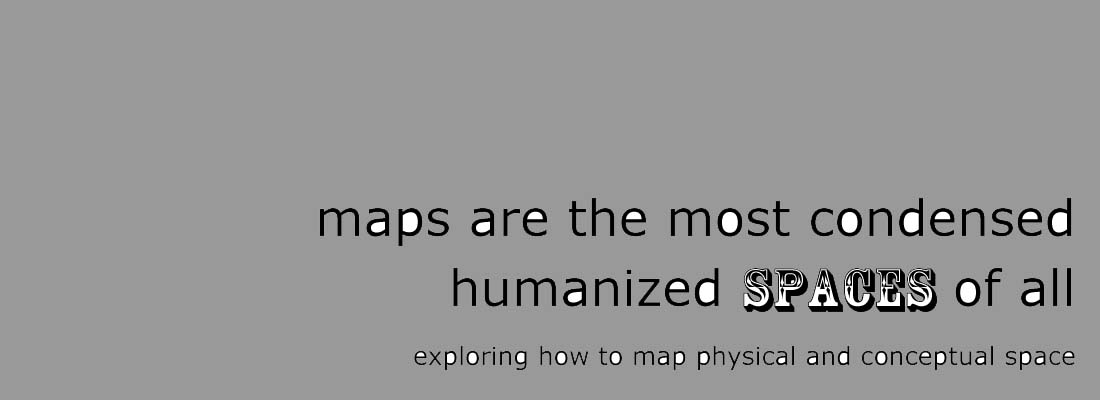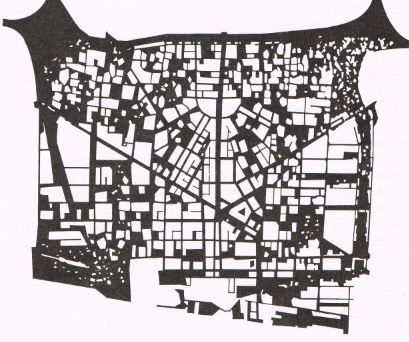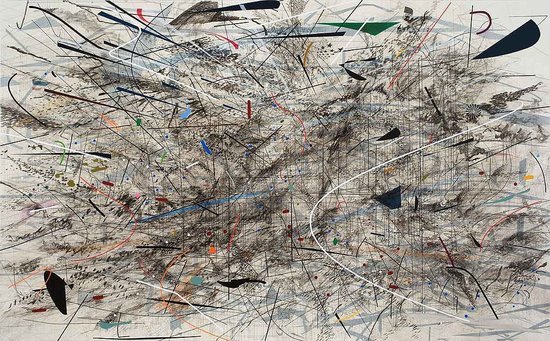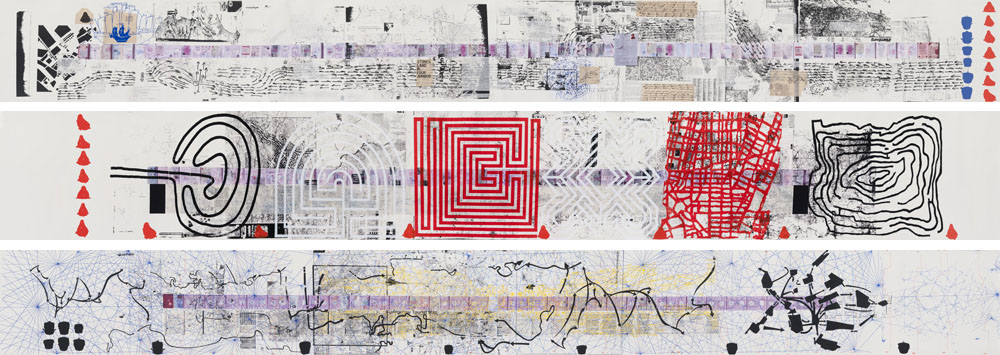

Mapping is the process of making a map, but this definition is not as straight forward as it may seem. There are many different kinds of maps. The Oxford English Dictionary describes a map as a diagram or collection of data showing the spatial distribution of something or the relative positions of its components.

So while you may think of maps as the traditional representation of the earthʼs surface, they can be much more. It is possible to map everything from places to ideas to experiences to emotions. Many people create these less traditional maps to better understand relationships between certain ideas or to give an abstract concept a physical space.
Look at artwork and maps by:
Explore the following websites and videos in order to experience the many ways people attempt to map their worlds:




Use the examples to inspire your own creativity and begin to think about how you would go about mapping your own world. What sort of data or information is relevant to you and your place? How would you go about mapping that data? What kinds of symbols would you use? What would the spatial relationships between symbols mean?
Discuss the following questions with the group using the comment box:
What are the possible functions of a map?
How do maps bring together physical spaces and ideas?
Through your own research as well as group discussion, you have become much more knowledgeable about the landscape of Richmond. By this point, you have seen many maps of the city and understand what they mean and the context in which they were made. Now, it is time for you to make a map of Richmond -- but a map that illustrates data which is important to you.
You may use more traditional maps as reference, but your map should be original and center around the development of certain non- architectural aspects of the city, whether historical or contemporary.
For example, you may consider issues such as the contemporary energy waste of the city or the historical presence of gender in the community. Or perhaps you want to make the map about your personal journal through the city over time.
Whatever you decide to map, you need to plan your articulation of the presence and/or movement of this issue carefully -- remember to consider symbols and spatial relationships. These are key to the reading of the map by others. Your map may take any form.
Share your map with the group and discuss how they are similar and different. How might you make your map differently next time?